#atrani
Text

Atrani, Italy (by Nellia Kurme)
818 notes
·
View notes
Text
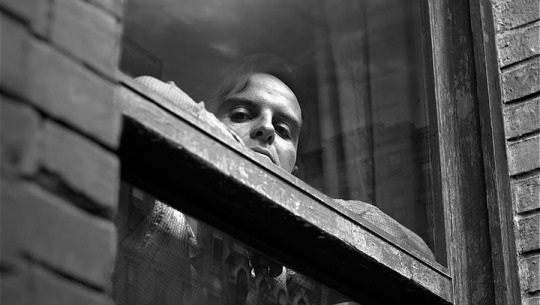
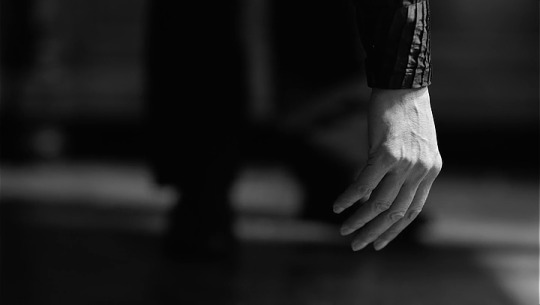





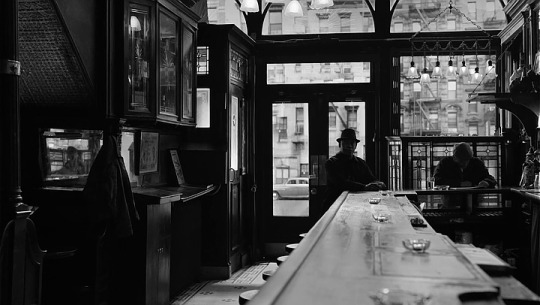
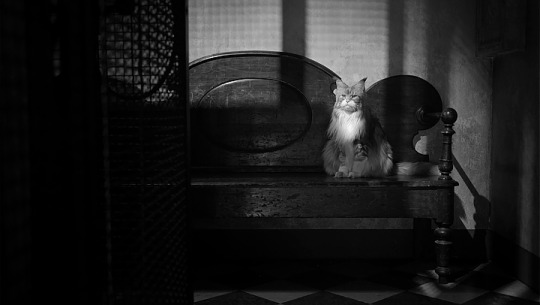

Ripley - 01x01
==> Empty spaces, no people
==> 01x08
#ripley#tom ripley#patricia highsmith#tv series#andrew scott#neo noir#noir#new york#rome#atrani#lucio the cat
60 notes
·
View notes
Text
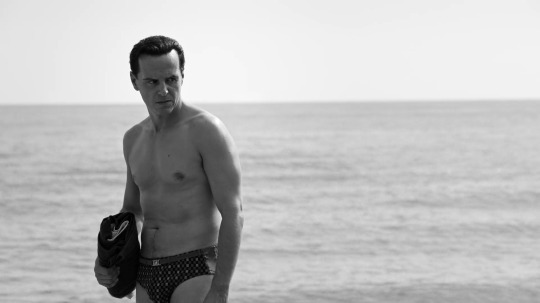
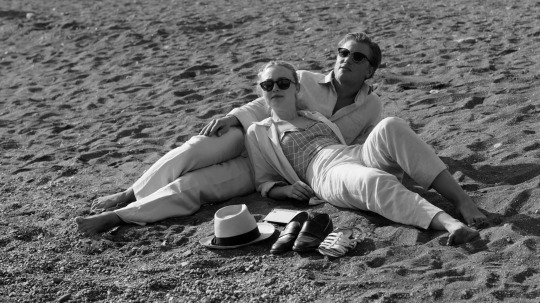

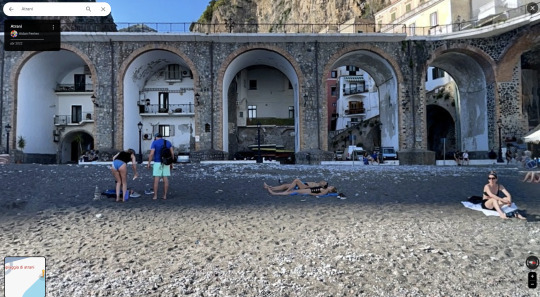
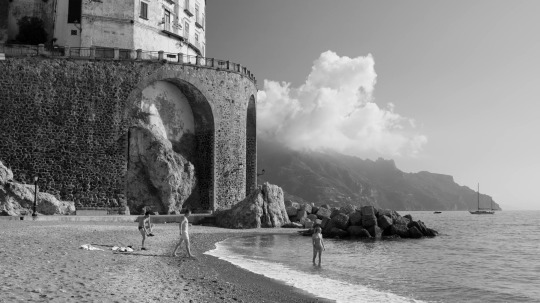
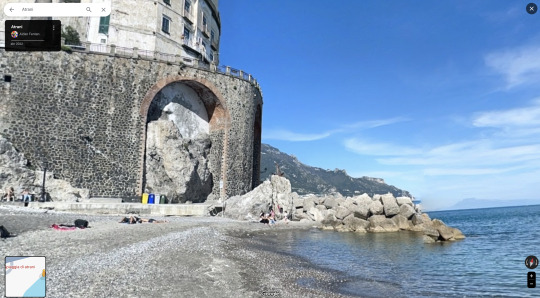
Ripley
Steven Zaillian. 2024
Beach
Via Nicolangelo Protopisani, 5, 84010 Atrani SA, Italy
See in map
See in imdb
#steven zaillian#patricia highsmith#ripley#andrew scott#atrani#campania#amalfi coast#italy#seaside#beach#speedo#dakota fanning#johnny flynn#series#film#location#google maps#street view#2024#sunglasses
61 notes
·
View notes
Text
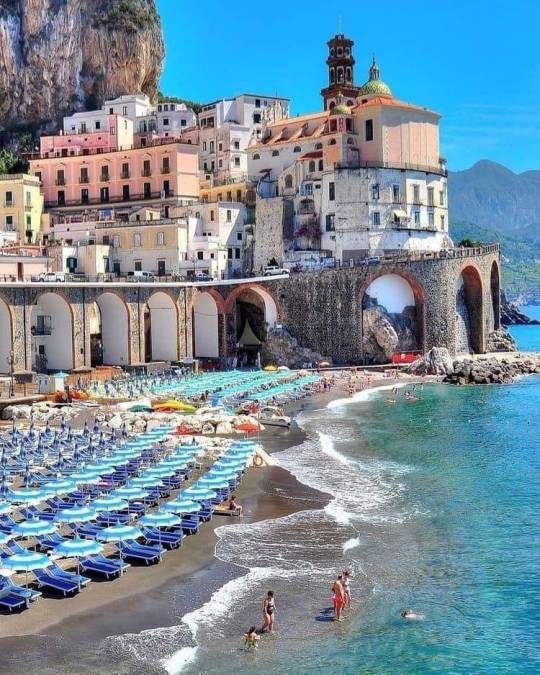
A T R A N I
#atrani#costa amalfitana#amalfi coast#costiera amalfitana#salerno#campania#italia#italy#europe#europa
67 notes
·
View notes
Text
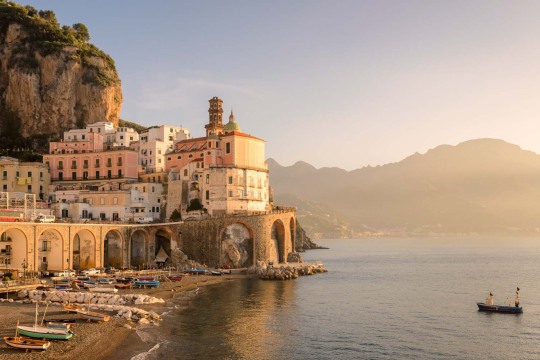
Atrani
8 notes
·
View notes
Text
'Patricia Highsmith’s 1955 novel The Talented Mr. Ripley has been made into two sterling films: 1960’s Plein soleil (Purple Noon) starring Alain Delon, and 1999’s The Talented Mr. Ripley headlined by Matt Damon, Jude Law, and Gwyneth Paltrow. Nonetheless, Netflix’s new Ripley stands head and shoulders above its predecessors (and most modern TV offerings) as an adaptation par excellence.
Over the course of its eight exhilarating episodes, all of them shot in breathtaking black-and-white by Oscar-winning cinematographer Robert Elswit (There Will Be Blood), this stellar thriller exhibits a formal precision, dexterity, and majesty that electrifies its tale of a small-time New York City grifter named Tom Ripley (a phenomenal Andrew Scott) who attempts to remake himself in Italy by slipping into the life of wealthy playboy Dickie Greenleaf (Johnny Flynn). Cunning cons and brutal murder ensue, all of them dramatized by the show with a suspenseful elegance and psychological complexity that does justice to its source material—and, in certain cases, adds new, incisive wrinkles to the oft-told tale.
Ripley is, quite simply, a small-screen masterpiece, and credit for its triumph goes, first and foremost, to writer/director Steven Zaillian. In the three decades since he won the Best Adapted Screenplay Oscar for Schindler’s List, the 71-year-old has collaborated with a who’s who of Hollywood greats, from Brian De Palma (Mission: Impossible) and Sydney Pollack (The Interpreter) to Ridley Scott (Hannibal, American Gangster, Exodus: Gods and Kings), David Fincher (The Girl with the Dragon Tattoo) and Martin Scorsese (Gangs of New York, The Irishman).
Along the way, he’s additionally penned the excellent Moneyball, helmed three of his own feature scripts (including the fantastic Searching for Bobby Fischer), and spearheaded HBO’s acclaimed The Night Of. Even with such a formidable résumé, however, Zaillian’s latest may be his finest achievement to date. Its scintillating style wholly wedded to its storytelling, and its meticulousness central to its simmering undercurrent of sociopathic madness, it’s a work of controlled Machiavellian malevolence, rife with tension and rich in detail and depth.
Guided by Zaillian’s virtuosic hand, Ripley is the rare example of genuine auteurist television, even as it simultaneously stands as a testament to the fact that projects are more likely to be great when they’re made by a collection of great artists. Now available on the streaming platform, it’s an early contender for end-of-year accolades. Consequently, we were elated to speak with Zaillian about the challenges of making his sensational series, collaborating with Scott and Elswit, and the enduring appeal of Highsmith’s famous novel.
Ripley is better directed than 99 percent of modern television, to a great degree because it’s been actually directed, with personality, flair, and guiding motifs and techniques. Was there any pushback to your approach, given that TV generally wants formal style to take a backseat to storytelling?
No, there was no pushback. The style that the show became… I started with the writing, I can’t write anything without imagining it. That being said, things obviously change when you’re shooting, and motifs come up and the style gets set at a certain point. But the whole time we were shooting, basically all anybody is seeing are dailies. It’s hard to tell from dailies what’s going on, you know [laughs]? Most people at the studios didn’t see anything until it was edited. So I had this great freedom to do what I wanted in terms of its look, and I spent a lot of time doing it. It was important to me that it looked good and felt good in terms of its tone, and most of the people who came to this come from film, and we approached it as one long movie.
Is the writing process different when you’re writing for yourself, versus another director?
I don’t write any differently. As I mentioned, I can’t write it without seeing it, so whether I’m writing for myself or someone else, it’s the same process. I don’t ever put in, close-up here or wide shot there. However, I do see it, so when I’m making my shot lists, I’ve already done it once before when I was writing it. But in terms of writing in a different way if someone else is going to direct it, no.
What made you want to tackle The Talented Mr. Ripley, which has been adapted multiple times before?
I’ve been wanting to do it since I read it, which I think was probably back in the ’80s. Certainly after Purple Noon but before The Talented Mr. Ripley movies. I saw it in a certain way and I wanted to try that, so when this opportunity came up, I took it. I just think it’s one of the great characters and one of the great stories that can be told over and over again.
What is it about the novel that’s allowed it to endure so powerfully over the past 70 years? Despite its age, it feels extremely relevant in today’s socio-political climate.
The idea of a character who becomes somebody else is something that happens all the time, today and throughout history. We’re strangely fascinated with it. I mean, it comes up all the time! There are articles—one that comes to mind from a few months ago was called “The Talented Mr. Santos.” I think this particular character is fascinating, certainly to me and I hope to other people. And the style of it—and I don’t mean the photographic style, but the style of the story—comes from Highsmith, where she finds these kinds of extraordinary things happening in normal circumstances with normal people. It’s something she’s well known for, and is something which I feel we can all relate to.
You’ve directed three feature films, but none since 2006. As a director, what compelled you to segue to television?
It’s the way things go. It’s strange to say that it’s easier to get a television show done than a movie, but it seems to be true, at least with the kinds of movies that I want to make. [TV] is a lot harder and it takes a lot longer, and I long for the days and the chance to make a movie again. I’m hoping that that’s what I’m going to do next, only because it won’t consume years and years of my time [laughs]. I can do the same thing and not have it take four or five years.
At what point did you decide to shoot the entire series in black and white, and what was your thinking behind that creative decision?
It started with the writing; that’s how I imagined it. Why, I don’t know. Maybe because of the period. I did want it to not feel like a postcard, and Italy, if shot in bright vibrant colors in the summertime with blue skies, can feel that way. I felt that this was a more dark and sinister story, not unlike a film noir story, and so black and white seemed to be the natural choice.
Yet despite that monochromatic scheme, you didn’t lose the classical beauty and romance of Italy.
You can’t lose that in Rome—it’s impossible [laughs]. Nor did I want to. But that being said, even a familiar place to people—like, well, you don’t really see the Coliseum except when he’s driving around with a corpse in the car—I didn’t want those places to be front and center. I wanted the backstreets of Rome more than the boulevards. Naples and Palermo are both really interesting places that photograph wonderfully in black and white.
But again, part of the story does take place on the Amalfi Coast, and that’s the place that’s hard to make sinister in color. When you have the aqua blue water and the bright sun, it’s tough. Luckily, we were at least filming there in the fall, so we didn’t have the brunt of tourism or those postcard shots, which certainly helped.
Robert Elswit shot the pilot of The Night Of and the entirety of Ripley. What is it about him as a cinematographer that makes your collaboration work so well?
It’s many things. Obviously, he’s really talented. He shoots beautiful movies. And we get along really well. He’s very intrepid—he’ll do anything, and go anywhere, and work crazy hours. He’s a workhouse in that regard. This took that kind of person. We shot for 160 days in Italy, with a one week break in the middle, and that’s tough on anybody. He just loved the idea of shooting it in black and white, and he’s a master with lighting, as you can tell when you watch it. It’s a great collaboration, we have.
The series is dominated by shots of Tom at a distance, framed in long claustrophobic hallways and by constricting architecture (such as the stairs of Dickie’s home in Atrani). Was it difficult to find the locations you needed for that visual style?
That’s one of those things when you talk about motifs… yes, I wrote a scene where Tom climbs a lot of steps, but that was a place that [production designer] David Gropman and I found. We drove from Salerno to Sorrento, all the way up the coast, and this little town called Atrani that has 800 people had those stairs, and I was fascinated by them. I said to David, it looks like an M.C. Escher drawing, and I found out much later that [Escher] had actually lived there and had drawn those very stairs. So that’s where it started. Then, wherever we went, we encountered stairs, and that’s when it started becoming a motif.
You shoot Tom’s two murders (and their aftermaths) in long, methodical sequences. Why was it important to stage those in such detail?
I had a little note scribbled on a Post-it when I started this saying, “It’s easier to kill somebody than it is to get rid of the body.” I wanted to show that. Even getting rid of a body that’s laying down in a little boat is hard to get rid of. I thought, this could be an opportunity to try something that I’d like to, which is showing these things in what feels like real time, and how difficult it is. I thought it was interesting, I thought it was entertaining, and I thought it was something I’d wanted to do from the beginning. So in the scripts, in episodes three and five, those sequences are about 35 pages long.
How did you settle on Andrew Scott for Tom?
I’d only seen him in three things, and one of them, I didn’t even see him; I’d only heard him—that was in a movie called Locke in which he did not appear, but he was a voice on the telephone. He created a really interesting character with just his voice. That was the first time I saw anything he was in. Then his Moriarty [in Sherlock] and Fleabag. With those three things, I felt he could do anything. They were so different from each other that I felt, that’s Tom. He’s got the range to play Tom.
Often in Ripley, the most important aspect of a given scene is what’s taking place beneath what’s being said aloud. From a writer’s standpoint, how do you tackle such undercurrents?
That’s always been important to me in the writing—to know, what is the point of the scene? Is it a piece of dialogue, is it an action, or is it the moments between the dialogue? Often, that’s where it is for me. Like you say, someone is lying and the other person knows they’re lying, and they play this kind of game with each other—that is the point of the scene! So those moments in-between the dialogue are what’s important. I spend a lot of time with that, and the actors got that, and they’re smart and they’re good and they like doing that. So in those instances, that was what was going on.
John Malkovich makes a late, brief appearance as Reeves, which is both a sly shout-out to Ripley’s Game (which he starred in, as Tom) and a tantalizing suggestion of future seasons. Was Malkovich’s participation always part of the plan—and was his cameo designed to keep the door open for a follow-up?
Both of those things are true. I wrote to him and explained that I’d like him to consider doing this. It’s very short, it’s just a couple of days, but maybe it’s a fun idea. And he thought it was and came to Venice and did it.
Yes, I was also thinking that if there’s another season, this character appears in the next two Highsmith books about Ripley, and he’s a great character. He does not appear in The Talented Mr. Ripley book; he doesn’t appear until the second book. But yeah, if that ever happens, I hope he’ll do it. Because he’s perfect for it.'
#Steven Zaillian#Robert Elswit#Patricia Highsmith#Matt Damon#Jude Law#Gwyneth Paltrow#Ripley#The Talented Mr Ripley#Andrew Scott#Locke#Sherlock#Fleabag#John Malkovich#Reeves Minot#Ripley's Game#David Gropman#Atrani#Moriarty#Netflix
3 notes
·
View notes
Text


Atrani, Strand: Atrani ist ein sehr suggestives kleines Dorf an der Amalfi Küste . Es ist ein Sakrileg, nach Amalfi zu fahren, ohne in Atrani anzuhalten. Halten Sie nicht einfach am Strand an, sondern betreten Sie die Gassen, um seine ganze Schönheit zu genießen .
#atrani#costiera amalfitana#costa amalfitana#amalfi coast#campania#kampanien#süditalien#southern italy
28 notes
·
View notes
Text
9 notes
·
View notes
Text
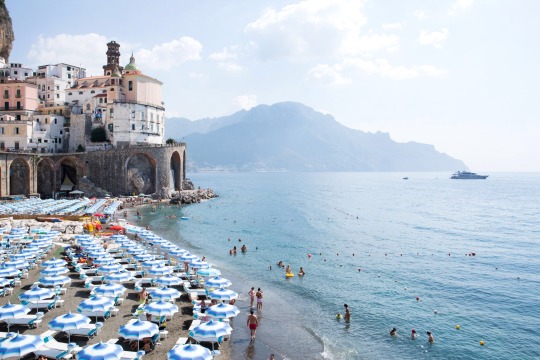
ATRANI beach, Amalfi Coast, Italy 🇮🇹 by Carla Coulson
#atrani#amalfi coast#italy#atrani amalfi coast#atrani italy#italia#italie#italien#beach#italian beach#summer#italian summer
64 notes
·
View notes
Text
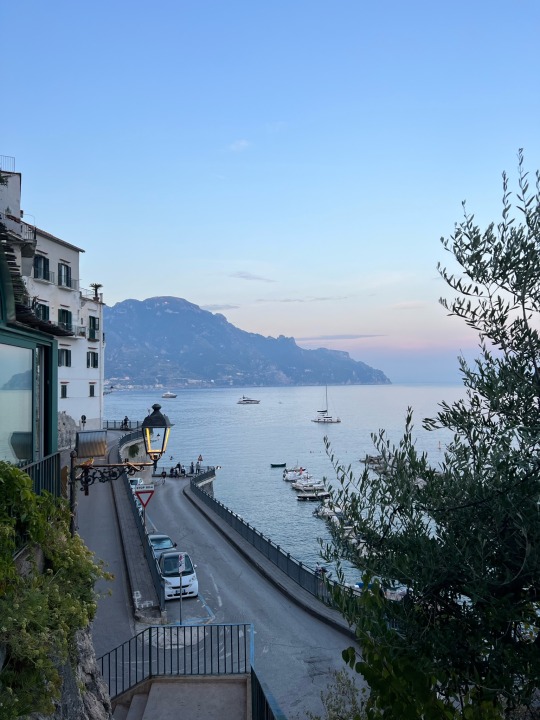

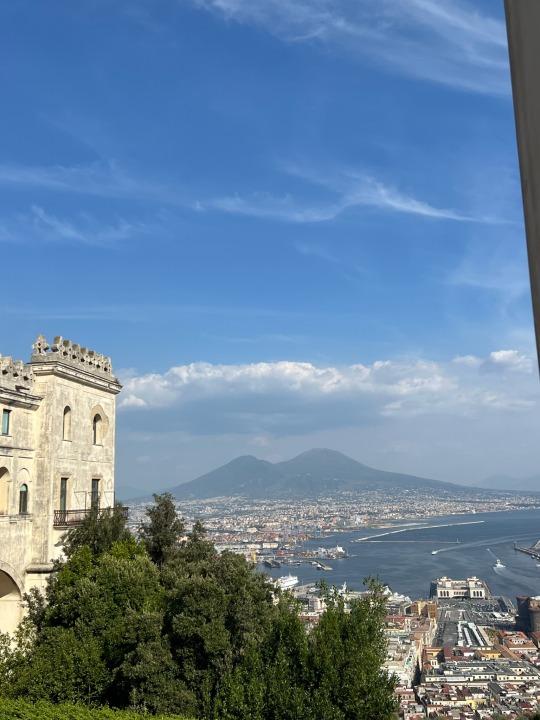

Atrani ~ Ischia ~ Napoli
#napoli#naples#campania#amalfitancoast#amalfi italy#costiera amalfinata#amalfi coast#atrani#ischia#travel#summer
2 notes
·
View notes
Text

Atrani Train Station — Amalfi Coast | Borghi.com
4 notes
·
View notes
Photo
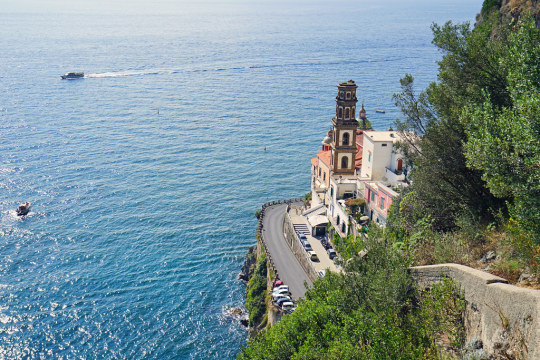
Atrani, Italy (by Andrey)
594 notes
·
View notes
Text



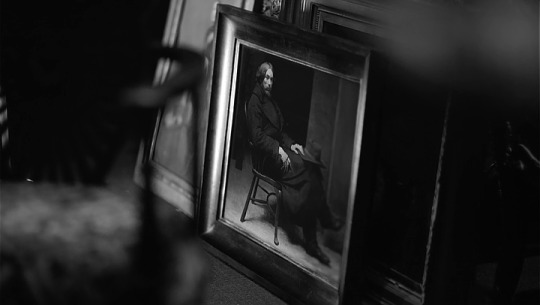


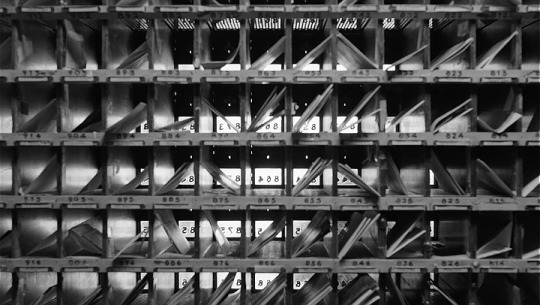



Ripley - 01x01
Empty spaces, no people
==> 01x08
8 notes
·
View notes
Text
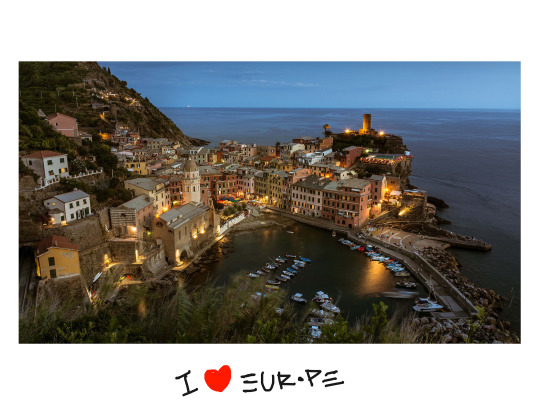
Beach town in Italy
#atrani#amalficoast#ig#italy#amalfi#campania#italia#costieraamalfitana#ravello#positano#salerno#capri#sea#sorrento#destination#napoli#maiori#travel#clickfor#amalficoastitaly#minori#landscape#costiera#campaniadavivere#praiano#atranibeach#southitaly#igersitalia#mare#travelphotography
3 notes
·
View notes
Photo

Winter beach in Amalfi Coast. 📍Atrani #beach #winter #sea #winterbeach #wintersea #atrani #amalficoast #amalfi #positano #praiano #costieraamalfitana #mare #spiaggia #inverno #maredinverno #sorrento #sorrentocoast #costierasorrentina #penisolasorrentina #laterrazzafamilyholidays #casavacanze #vacationrental #capri #naples #napoli #italia #italy #vacanze #instatravel #travelgram (presso Atrani, Amalfi Coast, Italy) https://www.instagram.com/p/CmZTLbetwjU/?igshid=NGJjMDIxMWI=
#beach#winter#sea#winterbeach#wintersea#atrani#amalficoast#amalfi#positano#praiano#costieraamalfitana#mare#spiaggia#inverno#maredinverno#sorrento#sorrentocoast#costierasorrentina#penisolasorrentina#laterrazzafamilyholidays#casavacanze#vacationrental#capri#naples#napoli#italia#italy#vacanze#instatravel#travelgram
3 notes
·
View notes
Photo

Passeggiata in costiera #atrani #costieraamalfitana #costieraamalfitana❤️ #mare #italy #mare🌊 #costieramalfitana #costieramalfitana🍋 #limoni #campania #vistamare #palazzovingius #italytravel #ITisStyle #ITisPassi #ITisCreativity #ITisHeritage #beIT #adv #festa #santatrofimena #lucidellafesta #theequalizer3 #set #denzelwashington #setmovie (presso Atrani, Amalfi Coast, Italy) https://www.instagram.com/p/Clzi91voVMh/?igshid=NGJjMDIxMWI=
#atrani#costieraamalfitana#costieraamalfitana❤️#mare#italy#mare🌊#costieramalfitana#costieramalfitana🍋#limoni#campania#vistamare#palazzovingius#italytravel#itisstyle#itispassi#itiscreativity#itisheritage#beit#adv#festa#santatrofimena#lucidellafesta#theequalizer3#set#denzelwashington#setmovie
2 notes
·
View notes